Modern Workspace
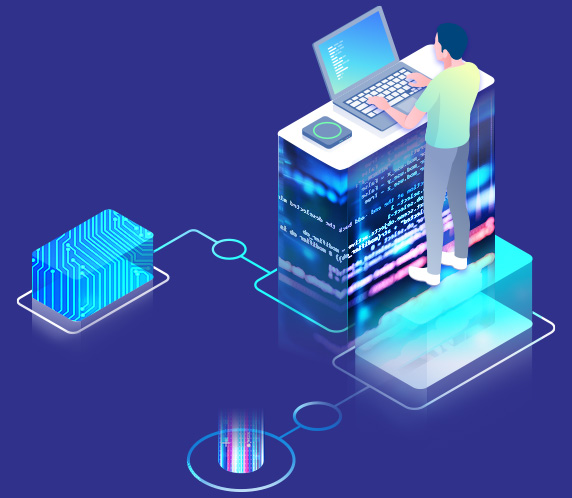
Modern Workspace
With digital Transformation, it is more important that we can work anytime, anywhere. Utilize our rich technical background and Atech Group's extensive telecommunications product portfolio to realize the ability to connect, collaborate and innovate anytime, anywhere. Enhance business agility, reduce costs and improve performance.
Virtual Desktop Infrastructure

Work Flexibly
Benefits of Virtual Desktop Infrastructure:
- Greater flexibility.
- Consistent workspace.
- Reduce collusion of management.
- Reliable storage platform.
- Application migration inheritance.
- Dynamic resource allocation.
Our IT Partners
Virtual Server Infrastructure
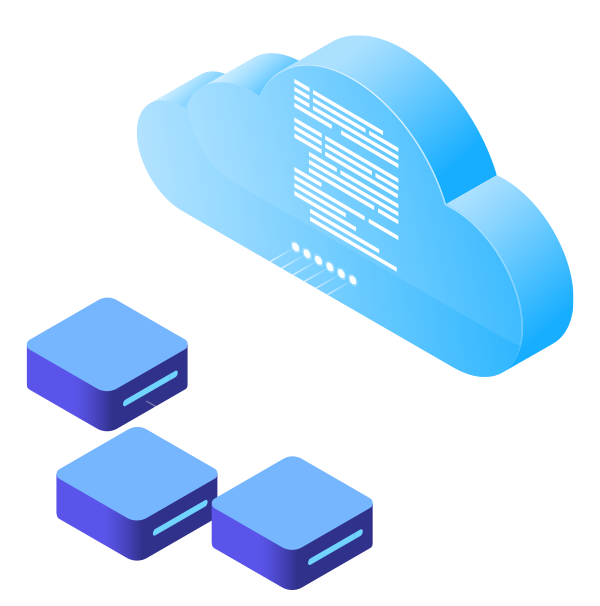
Eliminating the complexity of the server
Virtual Server infrastructure for the effective operation of any data center is essential, it is the best way to manage data center server needs.
Virtual Server infrastructure is a recombinant single server to a plurality of small, isolated virtual servers. It can make individual workloads and tasks operate more efficiently because they are not directly bound to any particular hardware. Also, there are no new or different server virtual servers that still require hardware that makes availability or capacity much more flexible. It usually defined by the organization’s needs rather than hardware limitations. Virtualization software or using existing server hardware and partitions into several isolated virtual servers. Each of these servers is able to operate independently.
Benefits of Virtual Server infrastructure:
- Eliminating the complexity of the server.
- Server consolidation.
- Lower operating costs.
- Improve application performance.
- Simplified physical infrastructure.
- Faster deployment of workloads.
- Improve management.
- Higher server versatility.

Virtual Mobile Infrastructure
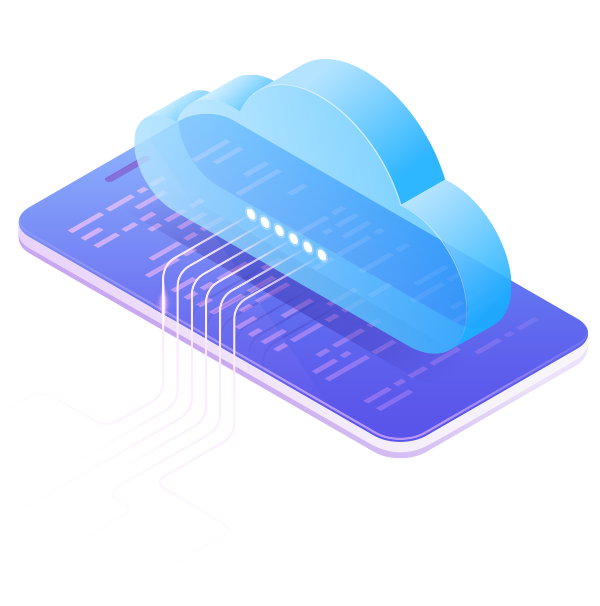
Avoid costly failures and improve failures
Virtual mobile infrastructure is extended by virtual desktop infrastructure. It allows the virtual desktop infrastructure to run the same principle desktop applications on desktop and mobile devices. It also has the possibility to the located virtual machine to run a mobile application or a mobile operating system on the remote server. It is a Mobile-centric technology.
Personal mobile devices being used to meet the needs of enterprises and companies to improve employee productivity. It is due to the rapid increase in smartphone penetration and smartphones, and mobile device innovation across the mobile enterprise solutions implementation and integration programs easier.
Virtual mobile infrastructure can help solve today’s mobile security and operational challenges. VMI enables organizations to host their mobile applications on the server. It can be accessed remotely from any device personalization to their applications.
Benefits of Virtual mobile infrastructure:
- Avoid costly failures.
- Improve productivity.
- Increase reliability.
- Easily manage users, including contractors.
Our IT Partners
Collaboration tools
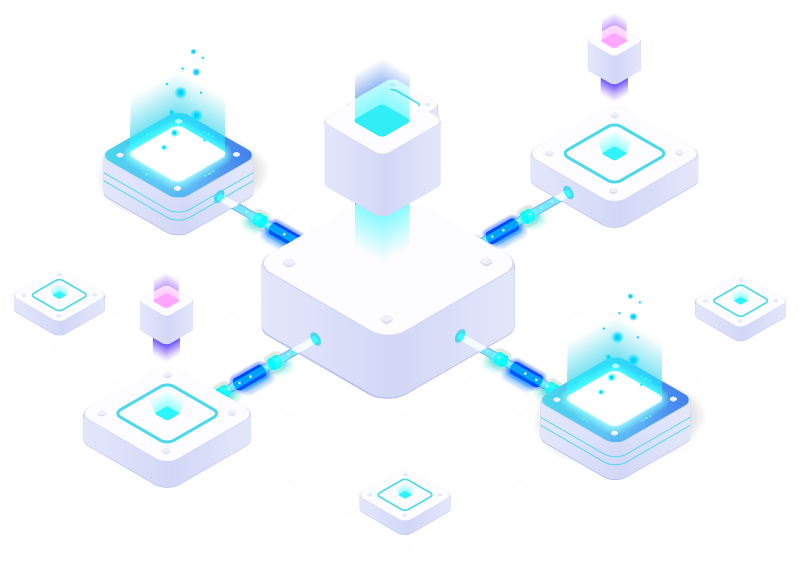
Easy team collaboration
Benefits of Collaboration tools:
- Communication cost savings.
- Faster access to knowledge.
- Quickly contacted experts.
- Improve overall employee satisfaction.
Our IT Partners
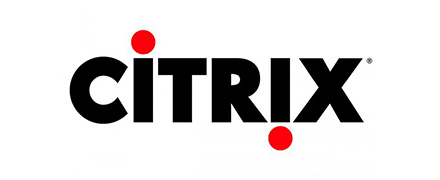

Why Modern Workspace?
Benefits of Modern Workspace
Avoid costly failures
Improve productivity
Increase reliability
Greater flexibility
Consistent workspace
Reduce collision of management
Reliable storage platform
Increase competitive advantage
What is Modern Workspace?
The modern workspace is a series of optimizing business productivity and efficiency technologies that can satisfy employee satisfaction, and the current and future needs of businesses. The details of the modern workspace are changing the modern workspace over time. It will seek positive change in business separate from the business district to stay awake to advance our interests in the digital age.
Modern workspaces must originate from the strong desire and understanding of business leaders – eager for the creation of modern active workers, collaboration, flexible culture, and want digital technology and tools to boost productivity and efficiency. This is not a simple process, it also not just install a chat tool for your team.
Modern Workspace FAQ
Paravirtualization: para-virtualized the entire network as a unit cohesion works together. It is because each operating system on a virtual server can know each other in the semi-virtualization. The management program does not need to manage the operating system using too much processing power.
Full virtualization: software is disk space and CPU to communicate directly with one kind of physical server. Hypervisor to monitor the physical server's resources, and each virtual server to remain independent, and do not understand the other virtual servers. It is also in the running application when resources from the physical server relay to the correct virtual server.
Operating system-level virtualization: operating-system-level virtualization does not use a hypervisor. It is part of the operating system virtualization capabilities as a physical server, a virtual machine can perform all the tasks of the monitoring program.
- Host that virtualized physical server hardware occur
- Virtual machine, which contains assets extracted from a traditional server environment
- Hypercall, the message is sent between para-virtualized hypervisors and operating systems to use the API shared resources.
- Hypervisor, is specialized software, you can create and maintain a virtual machine, and can be run locally or hosted on top of an existing operating system on bare metal servers.
- Container, the only user environment created in the virtual operating system.
- Collaboration
- Mobility
- Automation
- Productivity
- Security